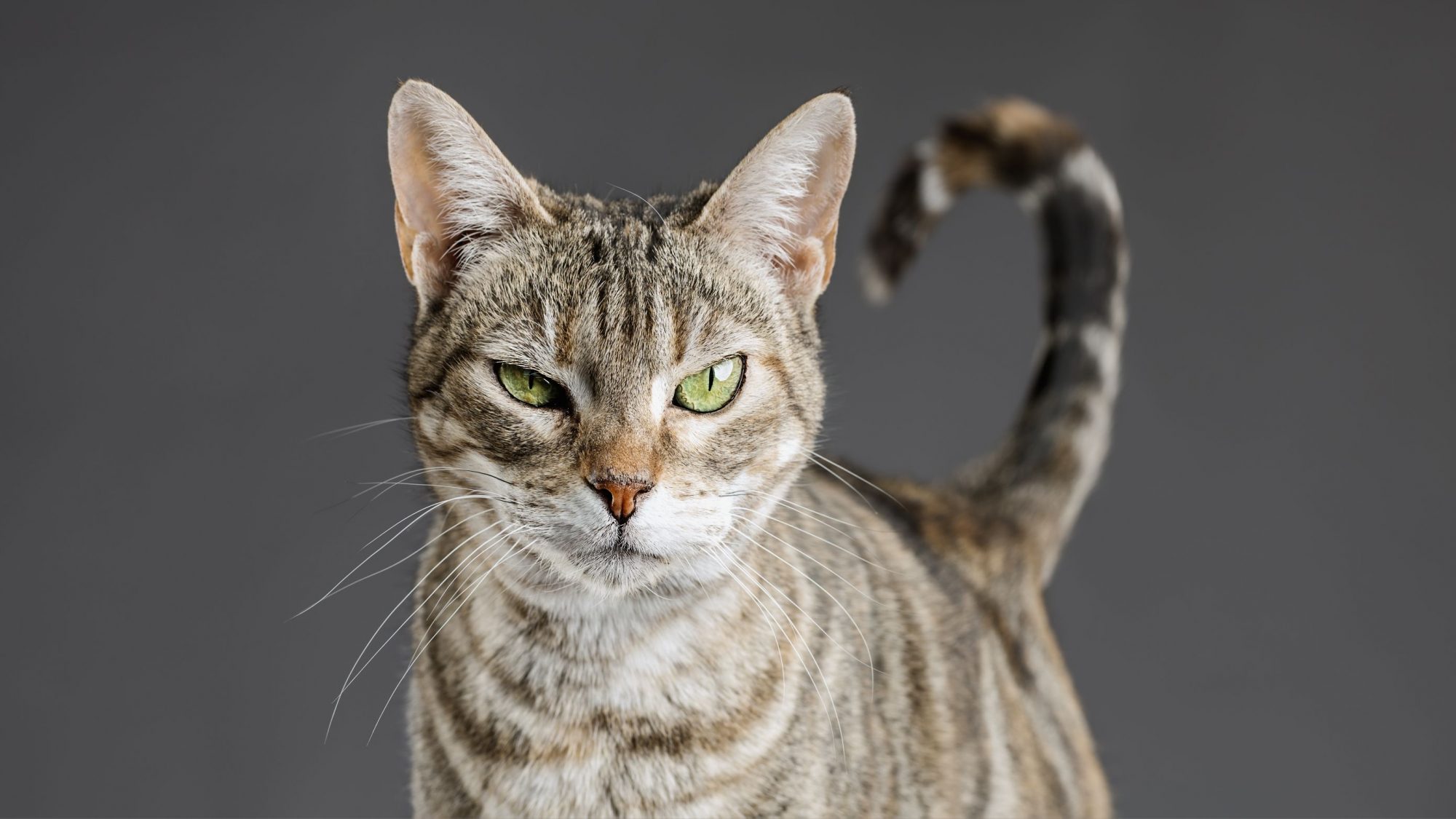
Our pets say so much with their behavior, but we’re not always aware of what they’re saying or when. They’re subtle sometimes, but other times their body language speaks volumes. By paying close attention to what their body says, we can interpret a great deal about their thoughts and feelings. Pet behavior is always interesting and benefits from our time and energy.
How They Stand
Animal body language starts with how they hold their posture. If their back, legs, and neck appear relaxed and flexible, they’re likely in a good or friendly mood. You may also see nuzzling, attempts to follow you or get close, head butts, or kisses.
On the other hand, any rigidity at all in how they stand communicates dominance or aggression. Take a quick look at the quality of their fur. Any hairs on end is a general indicator of needing space.
Pets that are ill or injured try to hide their pain, but will appear very tense.
Eyes Are the Windows
Common knowledge about pet behavior involves the eyes. A cat may stare directly at you only to slowly blink their eyes, in a display of trust and affection. Conversely, pets that hold your gaze when they feel stressed or aggravated will consider your direct eye contact a threat. Submissive animals will avoid eye contact, and may appear scared or sheepish.
A Whip-Like Tail
A twitchy, puffed-up, or whip-like tail may not be the sign of love that you’re looking for. This is definitely a pet behavior that says “back off.” In combination with a rigid posture and steady eye contact, a whipping tail means business. Alternatively, a relaxed and happy cat’s tail will be pointed straight up, and a curious and excited dog will wag their tail.
A scared or anxious pet may use their tail to protect their softest spot: their belly. You might see them tuck the tail between the legs or simply around their side. A pet that exposes their belly to their owner is showing absolute trust and love. That doesn’t mean that owners should invite themselves to touch their pet’s belly, though.
Say Cheese
Generally speaking, your pet’s teeth are instruments for savage injury. When they show their teeth, it’s wise to get out of the way. Dogs can do a lip curl to show they don’t like what’s happening to or around them. Cats will hiss to show their pointy chompers.
However, they will also use their mouths, primarily their tongues, to give kisses and show care and affection.
Other Aspects of Pet Behavior
An animal’s ears can show emotion, as well. Pinned back ears or those that look tucked are communicating a variety of feelings. It’s important to take into account the entire body for further clues to this pet behavior.
There are so many other ways that pet’s seek or hide from our attention. Please take note of any changes to behavior, however subtle they may be, increased vocalization, and shifts in appetite, or sleep routines. By assessing the whole pet’s appearance and their actions, we can make them happier and more comfortable.
Our staff at Sky Canyon Animal Hospital is happy to answer your questions about pet behavior. Please call us at (951) 461-4100.

